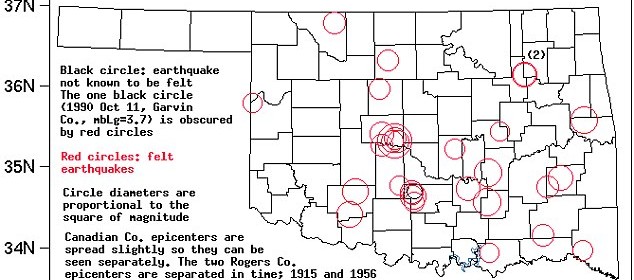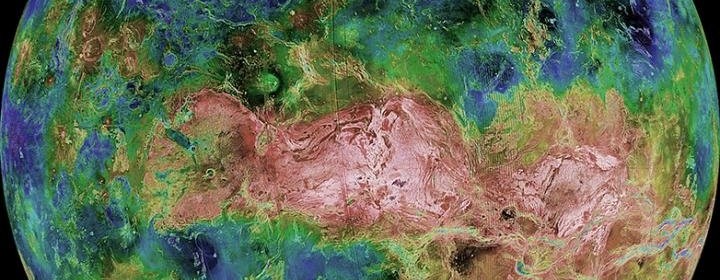Oklahoma – The New Earthquake Epicenter

America’s earthquake epicenter was once California. Now it’s Oklahoma. In 2014 there were nearly 300 times as many magnitude 3.0 and greater earthquakes as there were in 2008—and more quakes of that magnitude than in the prior 30 years combined. The cause? Scientists can’t say definitively, but new research funded by the U.S. Geological Survey notes that as quakes increased […]
Read more



